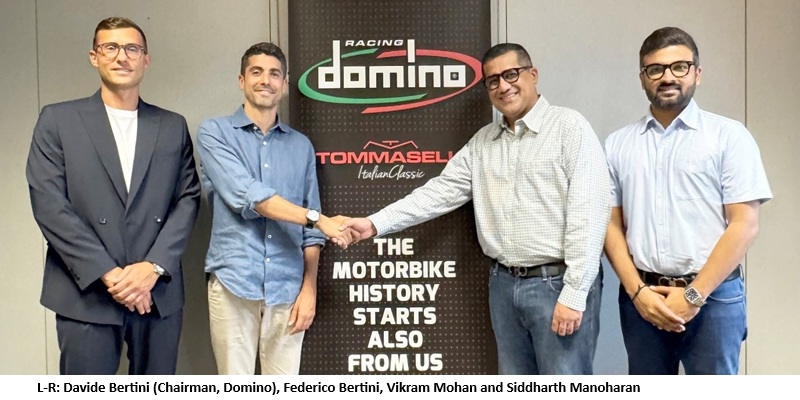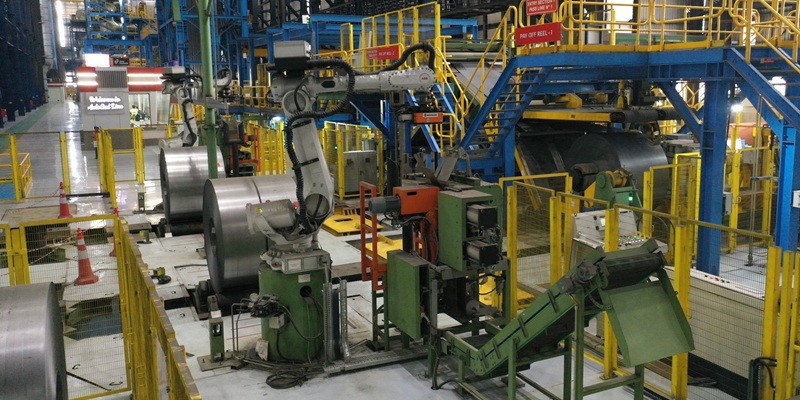Schedule a Call Back
“Welding will move from being an art to a manufacturing scienceâ€Â
 Articles
Articles- Sep 16,19
Related Stories
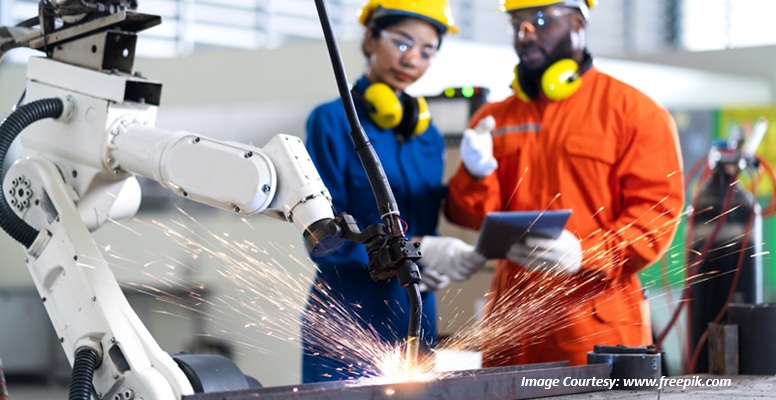
AI-Powered Welding Robots setting a new standard in Top-Tier Automotive Plants
As manufacturing plants undergo digital transformation and Industry 5.0 expectations, AI-powered welders will become more common, says Emily Newton.
Read more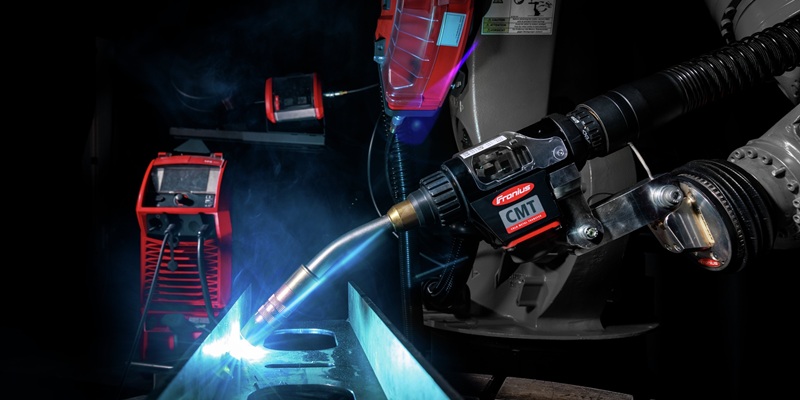
Fronius marks 20 years of Cold Metal Transfer welding technology
Cold Metal Transfer (CMT) is a breakthrough welding process delivering unmatched precision, stability, and versatility across industries like automotive and aerospace.
Read more
How cobots can be used to attract more young talent to welding
Though welding is a vital joining process in the metalworking industry, the number of young people taking up this profession continues to decline. Can cobots attract more young talent to welding?
Read moreRelated Products
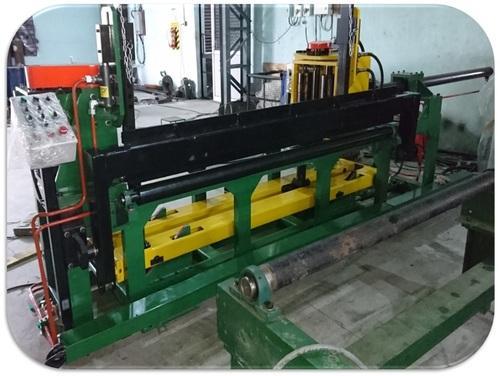
Tack Welding Machine
Invent Weld
Automation offers a wide series of tack welding machines.
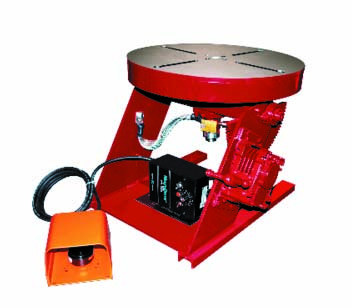
Bench Welding Positioner
Toss Weldtronics
offers a wide range of bench welding positioners.
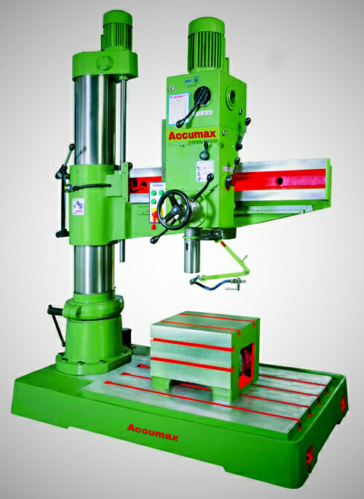
Radial Drilling Machines
Technomech Machine Tools offers a wide range of all geared radial drilling machines. Read more







